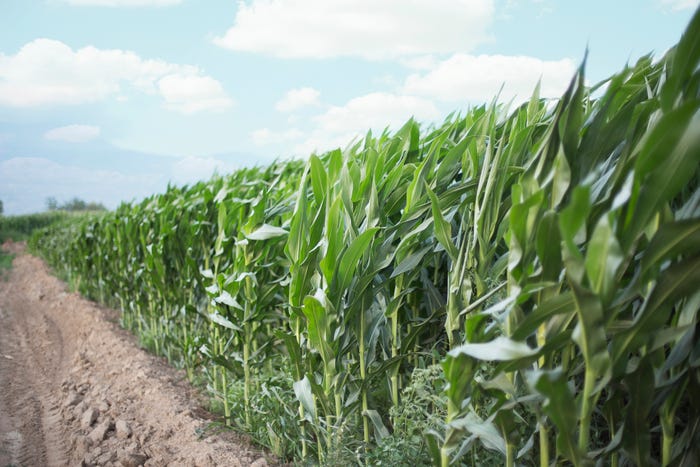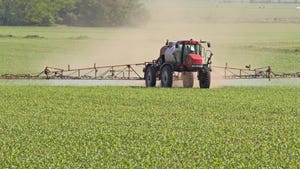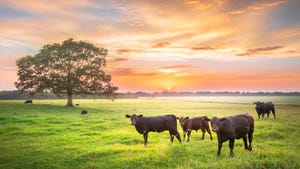5 Slides

In this week's edition of 5 stories not to miss, we get an update on Chlorpyrifos from the EPA. Plus, wondering how to include conservation practices into your lease? We have some tips. And we take a look at a site-specific nitrogen application study. Check out this week's gallery.
About the Author(s)
Subscribe to receive top agriculture news
Be informed daily with these free e-newsletters
You May Also Like




